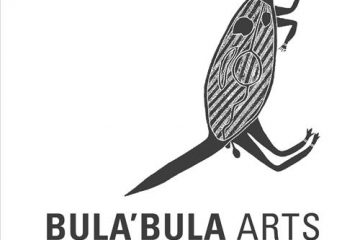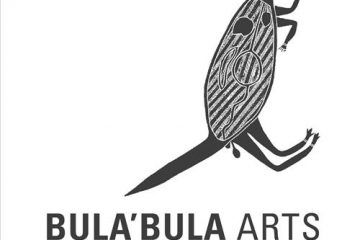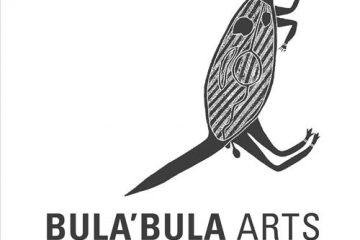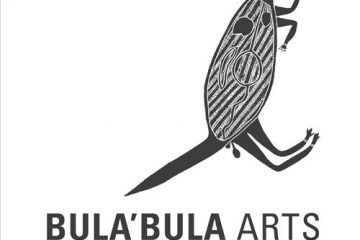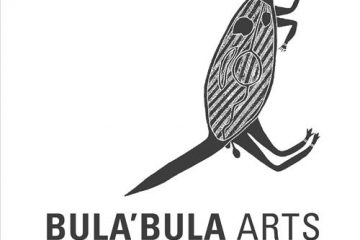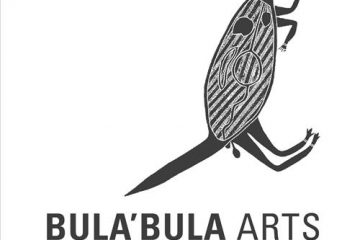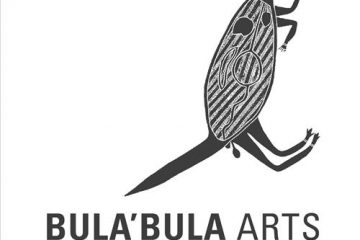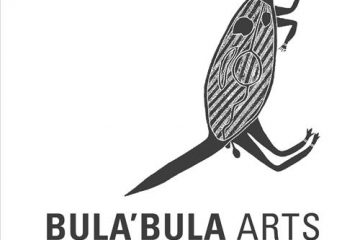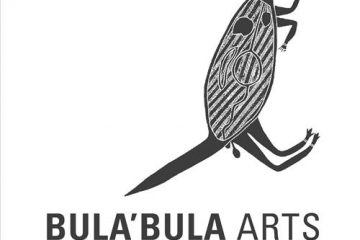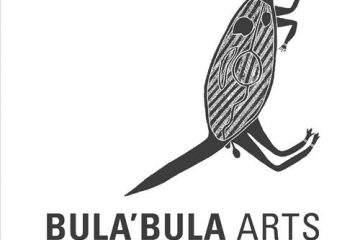Bula'bula Arts
115682396993
Bapi (snake) Aboriginal art in Ramingining, Central Arnhem Land is commonly illustrated through designs and images of animals, plants, and landscape. These motifs commonly reflect the artists ancestral inheritance and their dreamings and are referred to as totems. This snake has been sculpted by Barnabus Smith.
